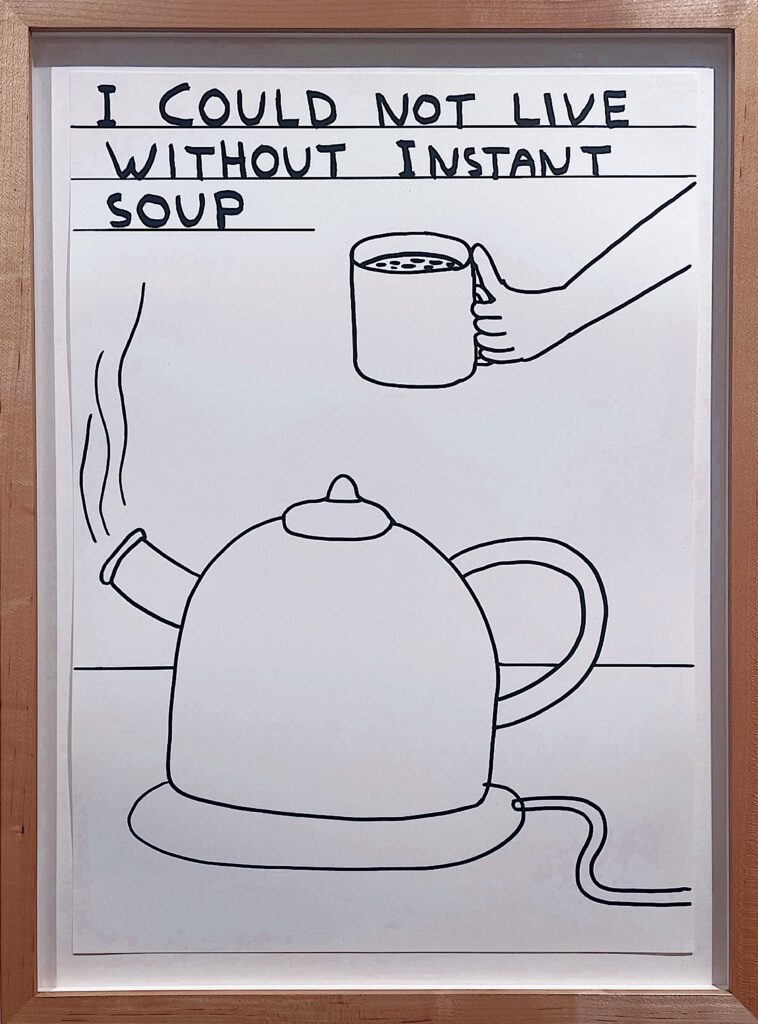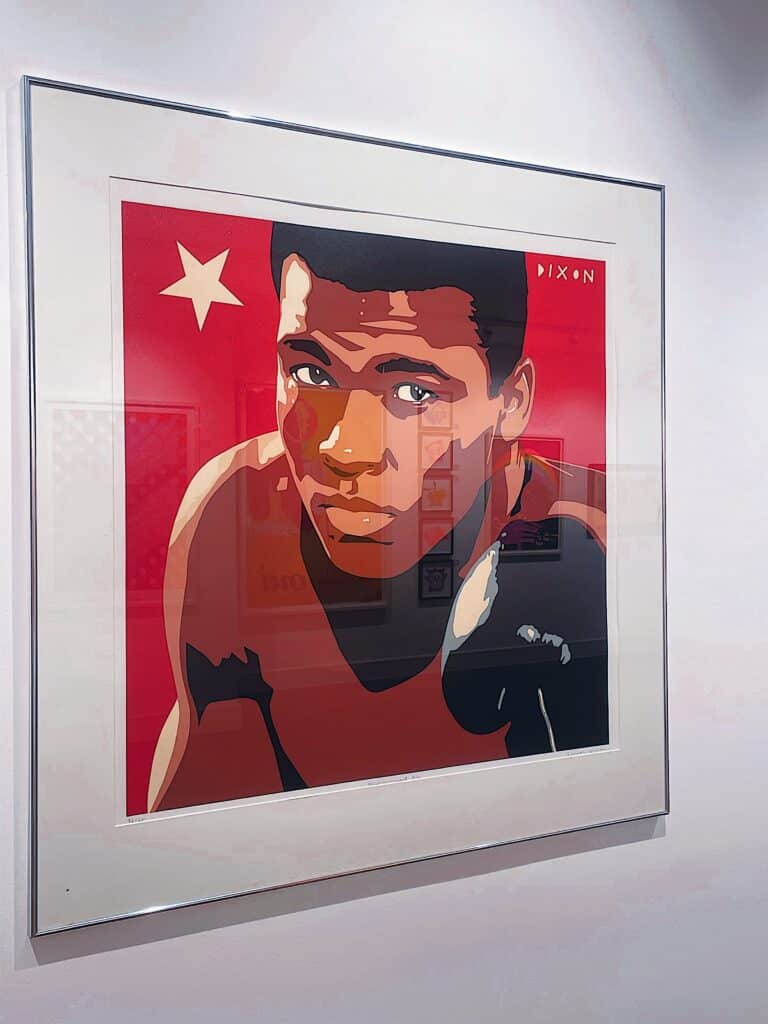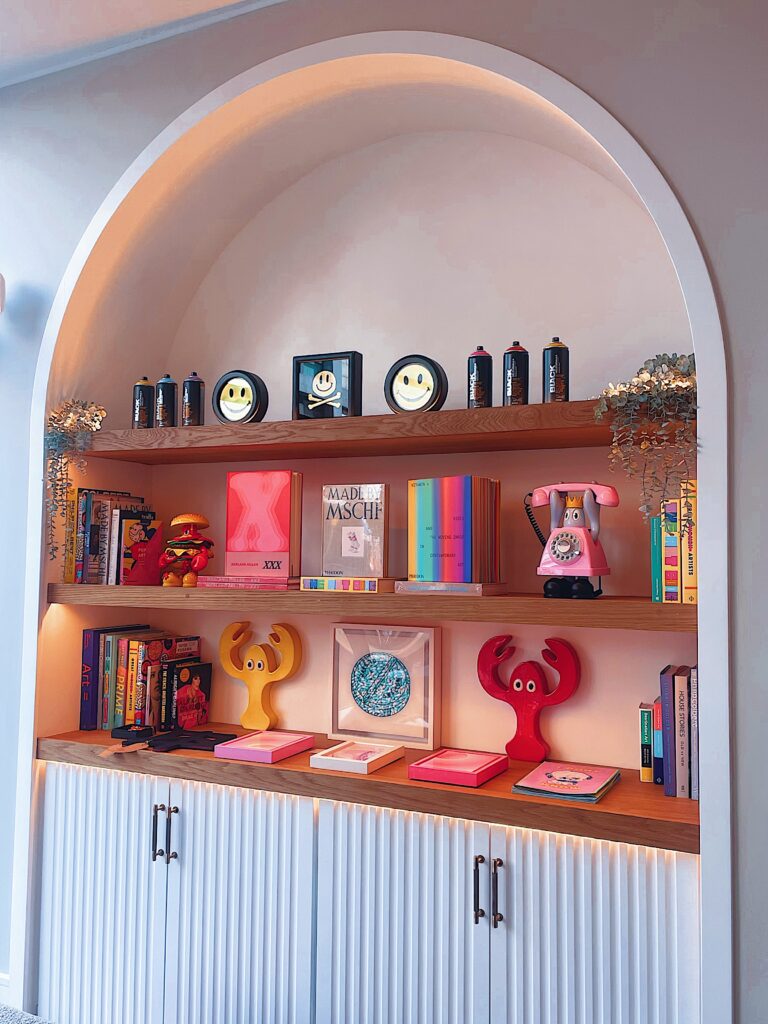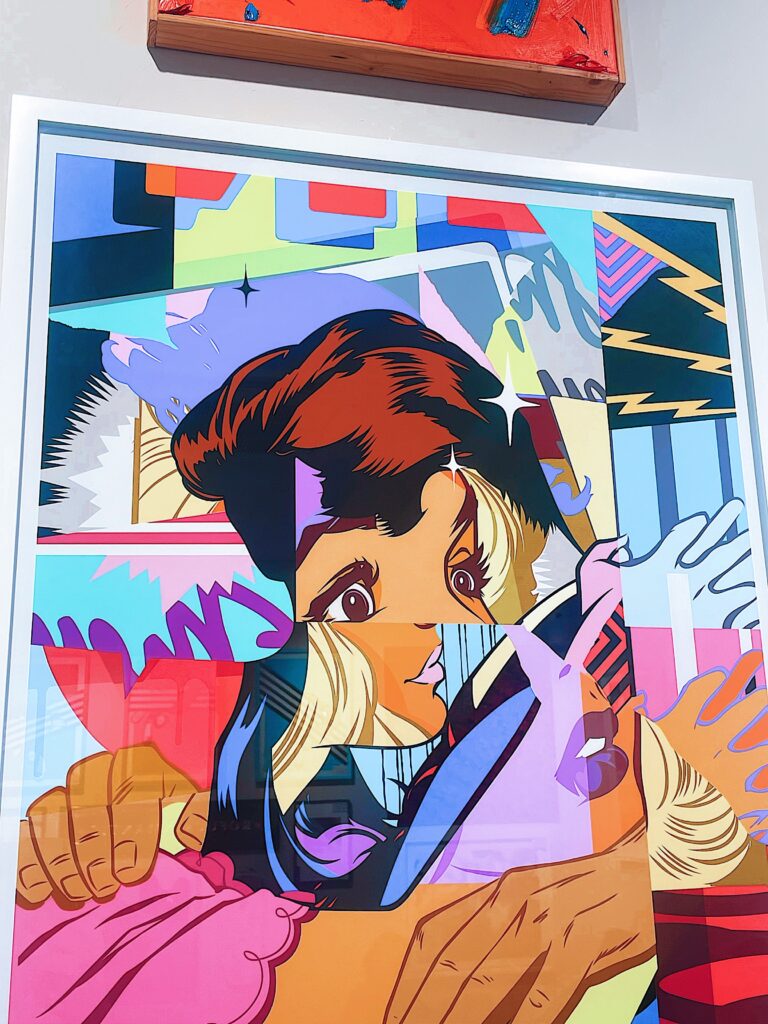A Love Letter to Interior Design
Written by Kelly Wallis – Professional Interior Design Diploma

Before embarking on my qualification with the National Design Academy, my knowledge and understanding of the world of interior design was limited. I knew practically nothing about what professional interior design really entailed, aside from the widespread assumption that it involved selecting paint colours and wallpaper prints. As a result, learning about specific aspects of the industry such as technical drawings was like learning a whole new language.
It was a subject I was keen to learn more about. For the most part because I consider myself a creative person with an appreciation for aesthetics. Though on a much deeper level, pursuing the subject came from an interest in the residential side of the industry, alongside my understanding that most humans have an innate longing for a safe and warm place they can call home. A sanctuary where they can retreat to, where they are free to be themselves.

As the course content opened out, my mind began to open out, too. I began to see how multi-layered designing interiors is, and how it encompasses almost everything. In the first module, I discovered different design periods, as well as influential designers and architects throughout history, the likes of William Morris and James Rennie Mackintosh. This gained knowledge solidified for me that when it comes to interiors, people are in fact our biggest sources of inspiration.

The next module centred around colour terminology, theory, and psychology. As I explored colour schemes for my imaginary client, I found myself turning to mother nature. I observed photographs I had taken on my phone – sunsets which looked like they’d been meticulously painted in water colours, strange and beautiful tropical plants in a garden I’d visited a few years back, a local flower stall selling what seemed like every flower the mind could conjure up.
Similarly, it was the natural world that inspired my chosen surface finishes in the following module. I hoped that my chosen materials would replicate the textures and patterns found in leaves, crystals, woodgrain, feathers and more.

When it came to space planning, I gravitated towards online platforms such as Pinterest. Additionally, I found my eyes drawn to the exotic architecture on my doorstep, such as Brighton’s Royal Pavilion. These resources allowed me to grasp the fundamental principles of how space is organised and made functional.
For many, culture and travel shapes furniture and accessory choices. To inform my own design decisions in these areas, I researched both Indian and Danish culture (in line with the client brief) and uncovered several interesting facts about these corners of the globe.

During the creative lighting module, a lecture video encouraged me to visit an exhibition. I took myself to the Helm Gallery in Brighton, where I could see in person how light is used to enhance visibility, set the mood, and guide a visitor’s attention. Visiting exhibitions, whether the focus is on art, science, technology or even fashion, is extremely beneficial in terms of exposing yourself to diverse ideas, styles and perspectives.
Whether it’s through magazines, reading books, or personal experiences, daily life is filled with moments which can be leveraged to generate innovative design ideas. When we start noticing the ordinary and extraordinary in the world around us, we have the potential to create something truly magical.
Kelly is currently studying the Professional Interior Design Diploma at the National Design Academy. This course is designed to give aspiring designers like her a strong foundation in professional practice, creativity, and technical skills; helping students build confidence and prepare for a career in the interior design industry.
Feeling inspired by Kelly’s journey?
If you’re dreaming of a future in interior design, why not take the first step today? Whether you’re just getting started or ready to build on your creative skills, the National Design Academy offers flexible, accredited courses to help you grow.

